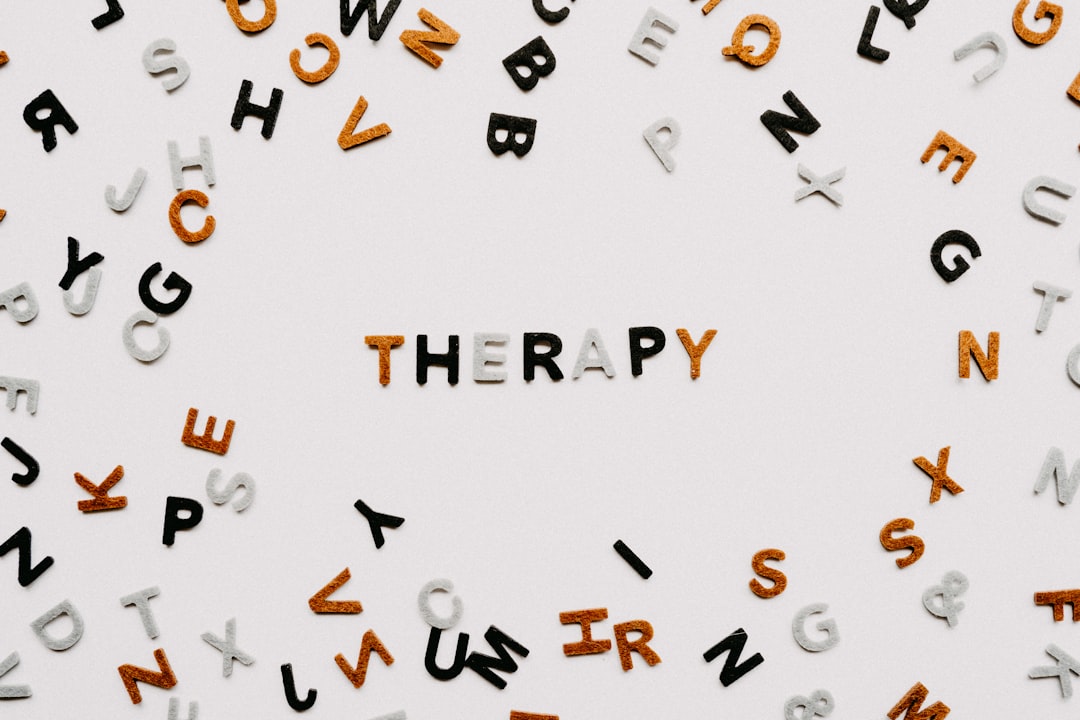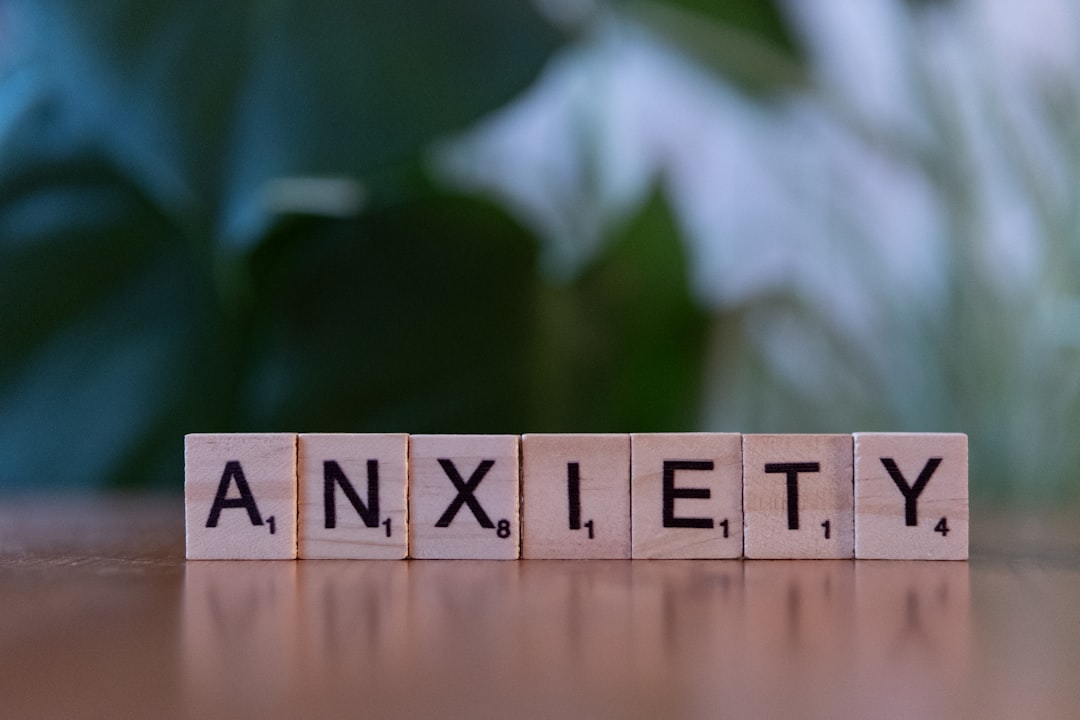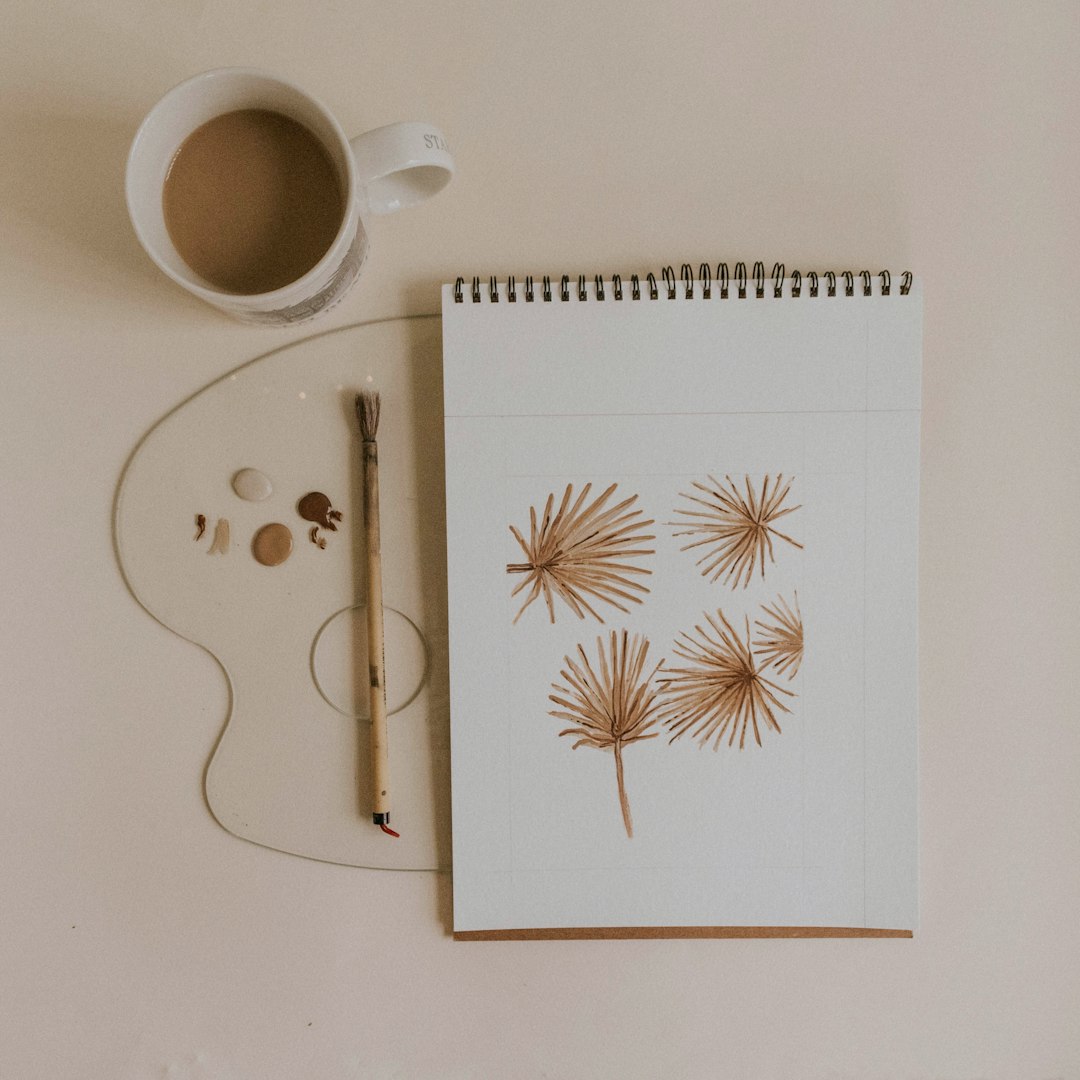
Feeling stressed, stuck, or just a bit off? You’re not alone. Many people turn to journaling or talking with friends. But did you know you can also use ChatGPT for emotional support? Yep, AI therapy prompts can help you explore your feelings and boost your mental wellness.
This guide will show you how to write fun, helpful, and effective ChatGPT therapy prompts. Step by step. Super simple!
Why Use ChatGPT for Emotional Support?
- It’s always available – ChatGPT doesn’t sleep!
- No judgment – Say what’s on your mind without fear.
- It helps you reflect – Prompts can guide your thoughts.
- It’s personal – You can tailor it to fit your mood or need.
You don’t need to be a therapist to make chatbot prompts. You just need curiosity and a few tools. Let’s dive in!
Step 1: Know Your Goal
Start by asking yourself: What do I want from this session?
Some common goals include:
- Understanding a feeling
- Reducing anxiety
- Managing anger
- Finding clarity on a tough decision
- Building self-esteem
Your goal will shape your prompt. Be gentle and honest with yourself. It’s okay to say, “I don’t know exactly what I feel.” That’s a good start!
Step 2: Choose the Right Tone
How do you want ChatGPT to respond? Choose a tone that fits your comfort level:
- Friendly Chat: “Hey, can we talk about my day? I feel kind of low.”
- Coaching Style: “Can you guide me through steps to feel less anxious now?”
- Creative Approach: “Help me write a short story that mirrors what I’m feeling inside.”
If you’re not sure, try them all! You’ll find what feels right.
Step 3: Start Simple
You don’t need fancy words. Just describe what you’re feeling or what you want help with. Here are a few starter phrases:
- “I feel sad and I don’t know why.”
- “Can you help me work through my anger with someone?”
- “I’m overwhelmed. Let’s prioritize my tasks together.”
- “Let’s practice some positive self-talk.”
The simpler your message is, the better ChatGPT can help!
Step 4: Add Details for Depth
Now that you’ve got a basic prompt, try adding more context. This helps ChatGPT give you tailored responses.
Instead of saying:
“I feel weird about seeing my ex.”
Try:
“I’m feeling anxious about seeing my ex at a party this weekend. We ended things badly. Can you help me prepare emotionally?”
Details help the system act like a thoughtful buddy, not just a robot.
Step 5: Use Roleplay or Scenarios
Roleplaying is powerful. It lets you rehearse tough situations or talk to your “inner self.”
Try prompts like:
- “Pretend you’re my future confident self. What advice would you give me today?”
- “Roleplay as a compassionate friend helping me understand my past mistakes.”
- “Let’s act like I’m giving a TED Talk about my healing. What could I say?”

This playful technique taps into your imagination and makes healing feel less scary.
Step 6: Explore with Follow-Up Prompts
Don’t stop at one question. Therapy is a journey, not a one-time thing.
Use follow-ups like:
- “Can you help me explore why I react this way in relationships?”
- “What beliefs might be behind my fear of failure?”
- “Let’s go deeper into this memory. What might my younger self need to hear?”
These kinds of questions help peel back the layers of your thoughts. Slowly. Gently.
Step 7: Add a Dash of Positivity
Emotional wellbeing isn’t just about dealing with pain. It’s about finding joy, too!
Mix in some uplifting prompts like:
- “What are three things I did well this week?”
- “Pretend you’re a cheering squad. Why would you be proud of me today?”
- “Write a letter from my future self who’s healed and happy.”
Encouragement is healing. It reminds us that progress is real—no matter how small.
Step 8: Try Fun and Creative Prompts
Therapy doesn’t have to be stiff. Shake things up with some creative flair!
Examples:
- “Write a poem from my anxiety’s point of view.”
- “Imagine my sadness as a weather report. What’s the forecast?”
- “Describe my emotional growth like a video game level-up chart.”

Creativity helps you disarm your inner critic and explore feelings in new ways.
Step 9: Review and Reflect
Once you’ve had a session, take a breath. Maybe save the chat, jot down what you learned, or journal about it.
Ask yourself:
- How do I feel now compared to before?
- Did anything surprise me?
- Is there something I’d like to dive into next time?
Reflection turns these chats into genuine self-growth moments.
Step 10: Practice Regularly
Like with anything, consistency helps. Use ChatGPT as a daily check-in or once-a-week friend.
Try setting a reminder. Something like:
- “Every Friday morning, I’ll check in with ChatGPT about my emotions.”
Think of it like a self-care habit. Brushing your feelings, if you will!
Bonus: Sample ChatGPT Therapy Prompts
Need help getting started? Copy and paste these:
- “Help me understand why I feel insecure at work.”
- “Talk me through a calming breathing exercise.”
- “What would a wise elder say to me right now?”
- “Describe my struggle from the point-of-view of a supportive therapist.”
- “Create a playlist of emotions I might be feeling right now.”
Wrapping It Up
Creating effective therapy prompts for ChatGPT doesn’t require magic. Just intention, courage, and kindness toward yourself. With the right words, it can become a bright spot on darker days.
So go ahead. Open a chat and try out your first emotional wellness prompt. You might be surprised how powerful a friendly AI can be.
Your emotional well-being matters. Let’s make caring for it easy, creative, and fun!






